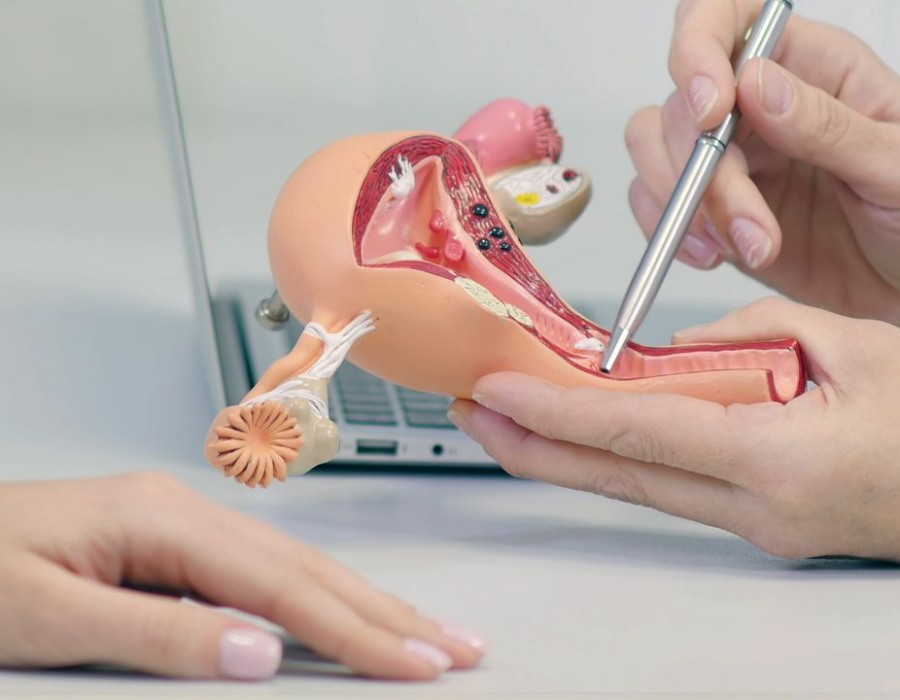Laparoscopic procedures, also known as minimally invasive surgeries, are preferred for many gynecological and other surgeries due to their shorter recovery times, reduced pain, and minimal scarring compared to open surgery. Here’s a detailed overview of the typical recovery process and timeline after a laparoscopic procedure:
Immediate Postoperative Period (Day 1)
a. Recovery Room
- Observation: Patients are monitored for vital signs, pain, and any immediate complications.
- Anesthesia Recovery: Patients wake up from general anesthesia and are assessed for nausea, dizziness, and overall alertness.
b. Pain Management
- Medications: Pain relief is managed with medications, including NSAIDs and sometimes opioids.
- Discomfort: Some patients may experience shoulder pain due to the residual carbon dioxide gas used to inflate the abdomen during surgery and teh surgery with Laparoscopic Surgeon in Jaipur.
c. Mobilization
- Early Movement: Encouragement to start moving as soon as possible to prevent blood clots and improve circulation.
Early Recovery (Days 2–7)
a. At Home
- Discharge: Most patients are discharged on the same day or the day after surgery.
- Rest and Activity: Patients are advised to rest but also to engage in light activities, such as walking around the house, to promote healing.
b. Pain and Discomfort
- Management: Continued use of prescribed pain medications as needed.
- Incision Care: Keeping surgical sites clean and dry, monitoring for signs of infection such as redness, swelling, or discharge.
c. Diet
- Gradual Return to Normal: Starting with light, easily digestible foods and gradually returning to a normal diet as tolerated.
d. Follow-Up Appointment
- First Check-Up: Usually scheduled within the first week post-surgery to assess healing and address any concerns.
Intermediate Recovery (Weeks 2–4)
a. Activity Level
- Increasing Activity: Gradual return to normal daily activities, avoiding heavy lifting or strenuous exercise.
- Driving: Patients can typically resume driving within 1–2 weeks, depending on their pain level and mobility.
b. Pain and Healing
- Reduced Pain: Significant reduction in pain and discomfort.
- Incision Healing: Incisions continue to heal, with stitches (if any) dissolving or being removed during follow-up visits.
c. Exercise
- Light Exercise: Gentle activities such as walking and stretching are encouraged, but high-impact activities should be avoided.
Full Recovery (Weeks 4–6 and Beyond)
a. Return to Normal Activities
- Work: Most patients can return to work within 2–4 weeks, depending on the nature of their job.
- Exercise: Gradual resumption of more vigorous physical activities and exercise routines.
b. Long-Term Care
- Scar Management: Using scar creams or silicone sheets to minimize scarring.
- Monitoring: Continuing to monitor for any delayed complications, such as hernias or adhesions.
c. Final Follow-Up
- Comprehensive Check-Up: A final follow-up appointment to ensure complete healing and to discuss any long-term concerns or questions.
Tips for a Smooth Recovery
- Follow Medical Advice: Adhere strictly to postoperative instructions provided by the healthcare team.
- Pain Management: Take pain medications as prescribed and use non-pharmacological methods like heat pads if recommended.
- Nutrition: Maintain a balanced diet rich in vitamins and proteins to support healing.
- Hydration: Drink plenty of fluids to stay hydrated and support overall health.
- Rest and Activity Balance: Balance rest with gentle activities to promote blood circulation and prevent complications.
- Watch for Complications: Be vigilant for signs of infection, excessive bleeding, or any unusual symptoms and report them to the healthcare provider immediately.
Conclusion
The recovery process after a laparoscopic procedure generally involves a relatively quick return to normal activities compared to traditional open surgery. By following medical advice, managing pain effectively, and gradually resuming daily activities, most patients experience a smooth recovery. Regular follow-up appointments ensure that any potential complications are promptly addressed, leading to a successful and complete recovery.




.png)

Comments